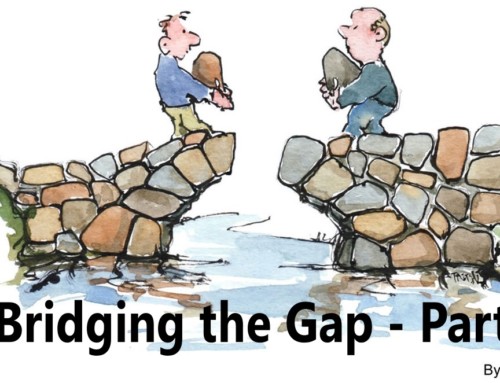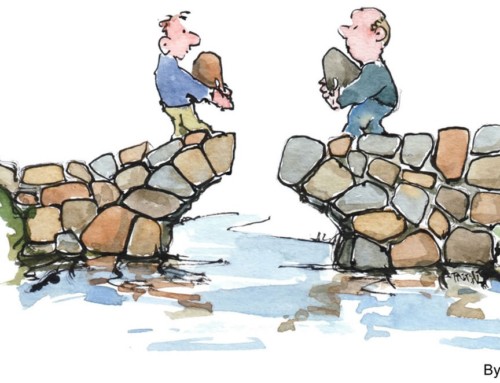In 2010, my colleagues at the Barrett Values Centre drew data from 100 Barrett Values Centre Leadership Values Assessments, a 360-degree leadership development tool, to examine the perceived differences among leaders based on their personal entropy (degree of dysfunction).
They recently revisited that data to compare the overall results by gender.
They looked at the top values, strengths and areas for improvement that were chosen most frequently by leaders’ assessors. Note that strengths and areas for improvement are submitted as free responses. They found that there are significant differences among male and female leaders that follow gender stereotypes.
The study concludes that despite the progress made over the years to chip away at the glass ceiling, stagnant growth in numbers was found in women corporate officer and top earner positions in the Fortune 500. They surmise that women who do find themselves in leadership roles tend to be unjustly measured in their abilities due to the continued presence of gender differences.
“Current models of leadership and leadership development cannot be applied to males and females in the same way. The research in organizational settings should focus on understanding the ways of ‘becoming’ and ‘being’ for males and females in order to identify strategies for each gender in terms of understanding what it means to be a successful manager from each perspective.”
There is growing acknowledgement that the more relationship-centered approach commonly displayed by women may be a more effective way to manage others. Additionally, researchers believe that embracing gender differences among leaders may be the path to success for many organisations.
“Companies that are able to harness the strengths of both sexes may be said to be gender ‘bilingual’ rather than gender neutral. Organizations with gender diversity at the top are more successful than others and will find their way out of the current economic crisis into sustainable profitability.”
Their investigation of leadership behaviours based on gender concludes that, while there are similarities among male and female leaders, the differences demonstrated are significant and appear to be tied to biology and the socialization males and females receive during upbringing. As a result, it seems paramount to support leaders of both genders in ways that legitimately take into account both their similarities and their differences.
For the complete paper, visit: http://www.valuescentre.com/uploads/2011-08-30/Understanding%20the%20Battle%20of%20the%20Sexes.pdf






Leave A Comment
You must be logged in to post a comment.